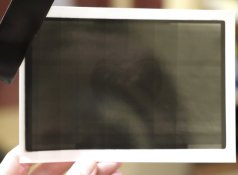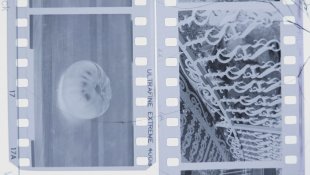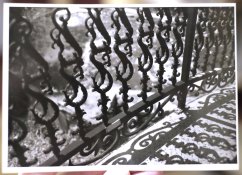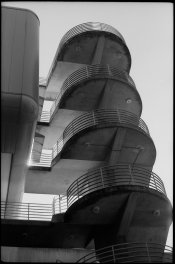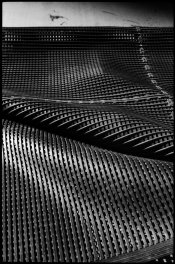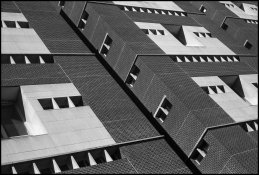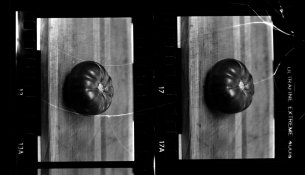- Joined
- Jul 31, 2012
- Messages
- 3,406
- Format
- 35mm RF
I'd recommend David Vestal's Craft of Photography. There is a chapter that shows the relationships between different negs exposed and processed different ways off normal and the resulting prints. It is pretty comprehensive. And it is visual, so there is nothing to interpret.
But you need to simplify. One film and one developer. Don't change until every roll you shoot is good. Then only change a little but keep shooting the same film/developer combo for at least 80% of your rolls.
Even the experienced among us find it a PITA to change films, like when they are discontinued.... If you took a survey of accomplished photographers you would find that for the most part they never change even thought they have the skill and knowledge to make the change. It just isn't worth it. No magic bullets in this world. That goes for your ORWO film. What are you going to do when you can't get any more of it? You'll have to start over. Why bother? And if you have a question about it, who has the experience to answer it? No one. Delta 100 on the other hand...
But you need to simplify. One film and one developer. Don't change until every roll you shoot is good. Then only change a little but keep shooting the same film/developer combo for at least 80% of your rolls.
Even the experienced among us find it a PITA to change films, like when they are discontinued.... If you took a survey of accomplished photographers you would find that for the most part they never change even thought they have the skill and knowledge to make the change. It just isn't worth it. No magic bullets in this world. That goes for your ORWO film. What are you going to do when you can't get any more of it? You'll have to start over. Why bother? And if you have a question about it, who has the experience to answer it? No one. Delta 100 on the other hand...


